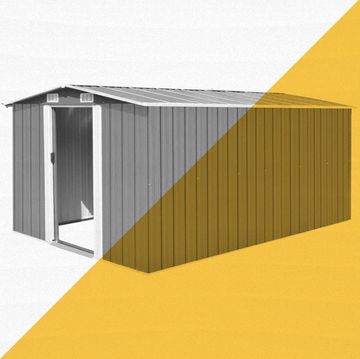As a mechanical contractor, I sweat a lot of copper pipe, yet people don't believe me when I say the preparation is more important than the torch work. Even the experienced tend to rush the job — maybe a 3650 F flame is just more fun to handle than a wire brush.
Solder, which melts at low temperatures, wicks into a joint by capillary action and bonds with copper at the molecular level. But first, the joint must be cleaned, abraded to remove oxidized copper, and shielded against heat-induced oxidation by flux, an acidic, water-soluble paste. Prepare the surfaces well and you'll create a watertight joint. Don't, and the joint will leak.
Step 1: Cut
To begin, cut the pipe to length by tightening on a tubing cutter and turning.
Steps 2 and 3: Ream and Clean
Ream the cut end to remove burrs and clean the joint's mating parts with a combination brush. Wipe off grit with a clean rag.
Step 4: Assemble
Brush plumbing flux on the abraded surfaces and assemble the joint. Move the flame around the joint to heat it evenly (main photo). I prefer MAPP (methyl acetylene-propadiene) gas to propane because it heats the joint more quickly.
The copper will get shiny as the flux melts. A moment later, the copper will dull as the flux sizzles and begins to smoke. This signals that it's time to apply solder. Now, move the flame away and touch lead-free plumbing solder to the joint.
If the joint is horizontal, start at the bottom. Move up the joint, over its top and down the other side — you'll see the solder wick in. For vertical joints, move the solder around the joint, being sure to cover it evenly.
After soldering, I like to clean the joint by applying some flux while the copper is still warm, then wiping it thoroughly with a clean rag.













